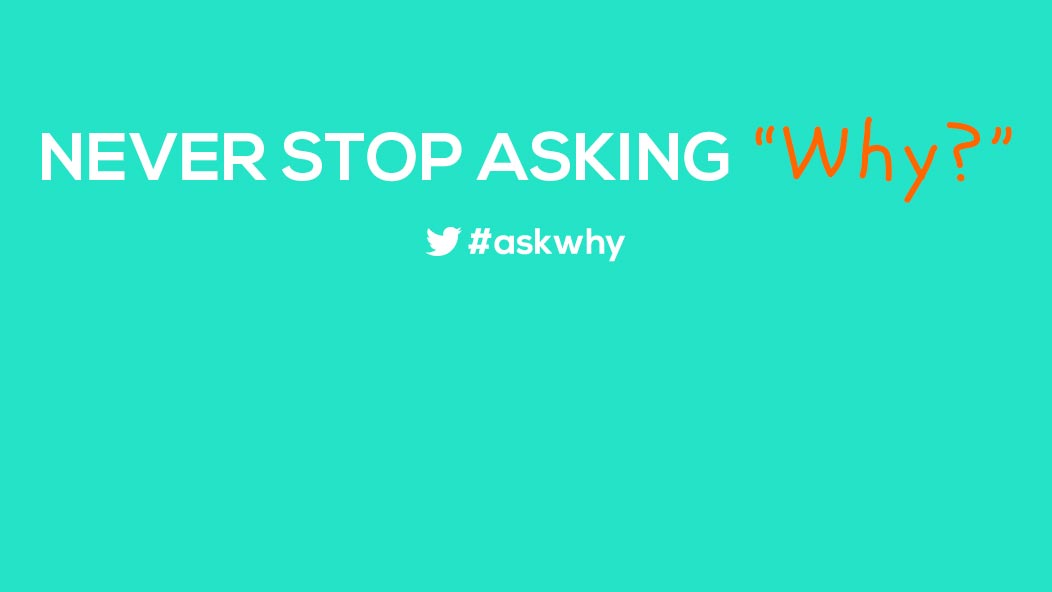
The chortle. The guffaw. The titter. The giggle. The yuk. The snicker. The heehaw.
There is a reason there are many different types of laughter—we all laugh a bit differently. But why? We answer this question with help from Mashable.
When something tickles us, our limbic system, larynx, lungs, and respiratory muscles, work together to produce a sound that we call our “laugh.” While the “primal vocalizations,” as well as our sense of humor, might be inherited, to understand the variation in laughter, we turn to psychology and human behavior.
The truth is that most of us have more than one laugh. When we are nervous, our laugh sounds different than when we are happy. When we are alone, our laugh sounds different than when we are with a group of people.
Body language and behavior expert Judi James explains to Mashable that, "We all have a range of different laughs that we use for different purposes and circumstances. Most are within the 'social masking' spectrum — that is, we do them to be polite or to create social bonds."
Our genuine laughs—the ones that are not affected by our surroundings—are the ones that burst out unexpectedly. James explains that these are the laughs with loud snorts and wide mouths that many of us find embarrassing.
Another place to find authentic laughter is with children.
“A lot of it has to do with inhibition,” according to Mashable. “Children, James explains, produce the most spontaneous form of laughter because they lack the inhibitions we acquire later in life. Adults will often cover their mouths, or bend to hide their faces.”
So, once again, children can teach adults something. Whether your laugh is a loud cackle, full of snorts, or a bird-like snicker. Don’t hide it. Use it!
Hahaha!









